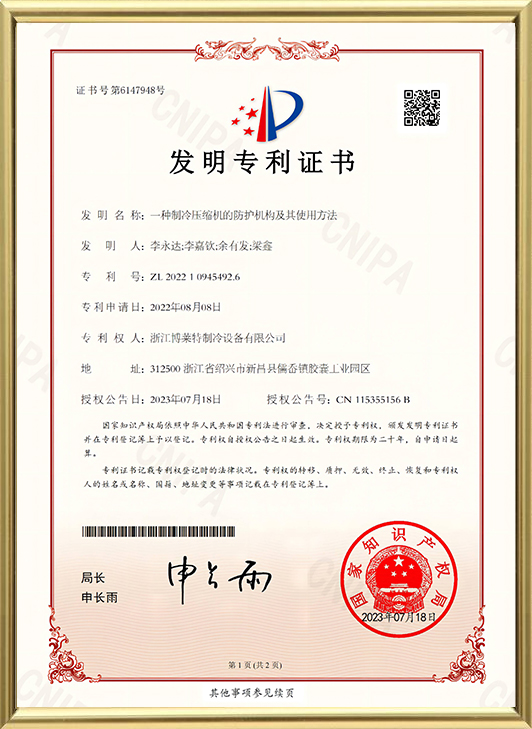Feature
In the refrigeration and heat pump industry, vacuum pumps play a vital role and are mainly used in the following aspects:
1. Vacuum extraction
In refrigeration systems, vacuum pumps are used to extract air and non-condensable gases from the system to create a low-pressure or vacuum environment. This is essential for the circulation and performance of refrigerants, because in a vacuum environment, refrigerants can work and transfer heat more efficiently, thereby improving the efficiency and energy efficiency of the system.
2. Vacuum drying
During the installation and maintenance of refrigeration systems, it is usually necessary to implement a vacuum drying process in pipes and components. The vacuum pump extracts air and moisture from the pipes to ensure that there is no moisture or non-refrigeration gas in the pipes and systems to prevent condensation and reduce instability during system operation.
3. Vacuum testing
During the installation and maintenance phase of the refrigeration system, vacuum pumps are used to perform vacuum tests on the system. By pumping the system to a set vacuum level, the system can be checked for any air leaks or seepage and ensure that the system can work at normal operating pressure.
4. Degassing and charging
In the maintenance and service of refrigeration systems, vacuum pumps are also used to degas and charge refrigerants. For example, when the refrigerant is replaced or the system is repaired, the vacuum pump is used to extract the old refrigerant or air from the system and ensure that the new refrigerant can be charged into the system in a clean environment.
5. Heat pump system application
In the heat pump system, the vacuum pump also plays a key role. The heat pump system relies on the phase change characteristics of the refrigerant under different pressure and temperature conditions to achieve heat energy transfer. The vacuum pump ensures that the refrigerant in the heat pump system works in an appropriate environment, thereby improving the thermal efficiency and energy-saving performance of the system.

 English
English Español
Español عربى
عربى русский
русский

























